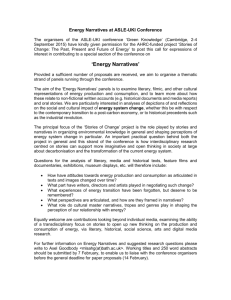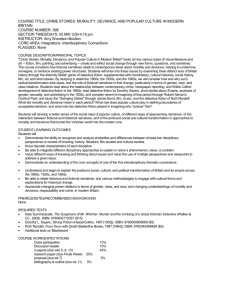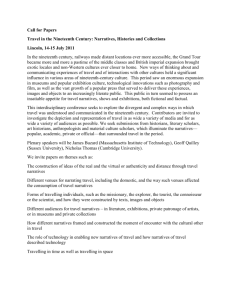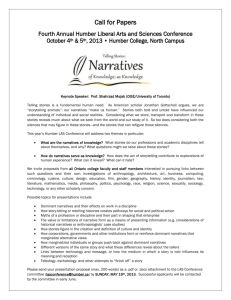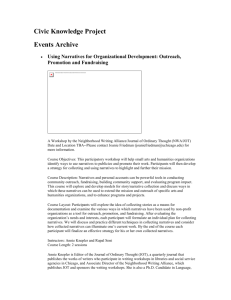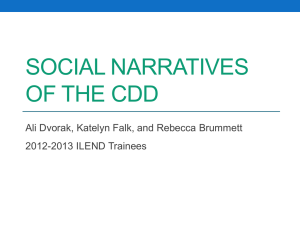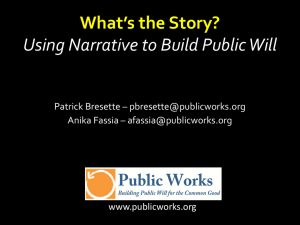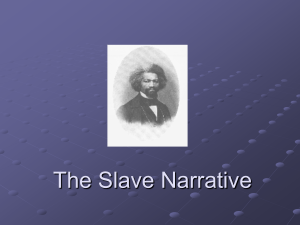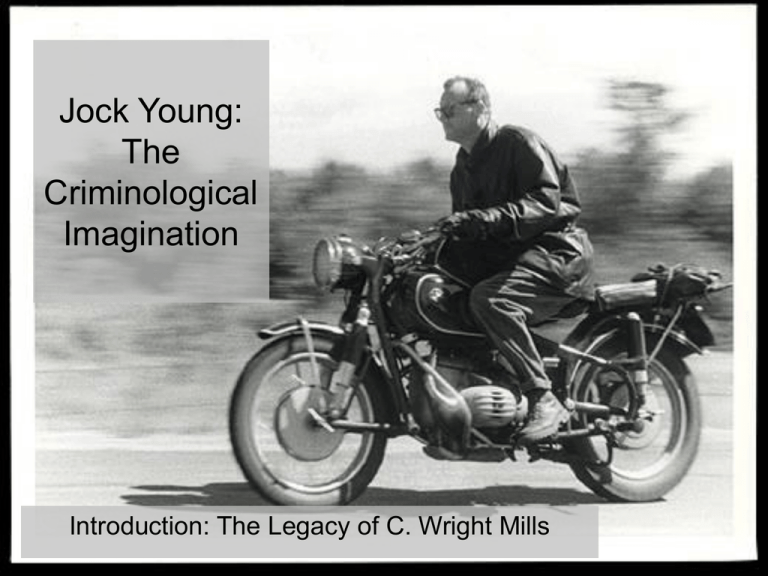
Jock Young:
The
Criminological
Imagination
Introduction: The Legacy of C. Wright Mills
• Mills published Sociological
Imagination in 1959
• --advocated sociology as a
vocation
• --idealized craftsmanship: joy
of writing, weaving theory and
research, conceptually
insightful and empirically
grounded
• “the key nature of the ‘SI’ was
to situate human biography in
history and in social structure
… to bridge gap between
human actors and historical
and social settings in which
they find themselves.”
• “ He talks of ‘the earthquakes’
of social change, and of
widespread feelings of people
feeling themselves adrift, of
being unable to understand
what is happening to them, of
individualizing their problems.”
• “’Nowadays men often feel that
their private lives are a series
of traps’.”
• “… if the downside of such a
momentum is feelings of
entrapment and alienation, the
upside is an increased
reflexivity, a dereification of the
social world, and an
awareness of the ever-present
possibility of change.”
•
•
•
•
The sociological imagination:
--personal troubles of a milieu
--public issues of structure
… In a “world characterized by
instability, in work, family and
community…” In late modern social
order … chaos of reward and identity…
• “people face an existential quandray;
their uncertainty can be interpreted in
self-blame and failure, yet the
widespread nature of economic and
cultural instability and its daily
dissemination on the global media,
facilitate feelings of connectedness and
of recognizing the parallel nature of the
social condition…”
• Mills identifies two
opposing tendencies
where academic
sociology loses
contact with social
reality
• -- abstracted
empiricism
• -- grand theory
• Goode says there
has been a neglect of
the transformative
politics in Mills work
1. Closing down the imagination
• ‘the confetti of Greek letters…
seems in a different universe
from the louche bars, dope
smokers, snitches and police
harassment in downtown
Pittsburgh’
• ‘abstracted empiricism’
• ‘the data mysteriously detach
themselves from their subject
matter and lose all context’
• ‘paradoxically, the less their
contact with the subject matter
the more knowledgeable they
feel’
• ‘whole swaths of theory and
controversy are simply not
mentioned…’ p12
• --the war against drugs
• --the failure of deterrence
• --racism in drug enforcement
• --drug war counterproductive
• --police corruption common
• ‘this is the study of deviance
without deviance’
• ‘the authors….the more they are distanced from what
they are studying, the more secure they feel’
• How do we understand such research?
• ‘as theory atrophies, methodology becomes a substitute’
• And what of Mills’ three guidelines? ‘there is no history…
the actors have no past, and their future is mundane’
• The researchers are searching for generalizations
independent of people, structure, history and place
• --the new social science orthodoxy looks to ‘positivism’
• --compare to the work of Bourgois on crack dealers
•
•
•
•
‘Let me introduce you to the datasaur’
‘The elevation of the journal’
--theories decontextualized to become operational
‘what we need is a method which can deal with
reflexivity, contradiction, tentativeness… a method which
is sensitive to the way people write and rewrite their
personal narratives.’
• Merton’s ‘social structure and anomie’ manifestly
connects private troubles to public issues… where is his
evidence that the american dream is ‘a sop for those
who might reel against the entire structure were this
consoling hope removed’?’
• ‘bracketing off issues of power
and inequality [is] more
pronounced in criminology’
• ‘the criminological gaze is
more exposed to problems of
power, stigmatization, and the
context of values than any
other area of social sciences…
norms are formed, broken,
disputed and selectively
enforced… deviance is
enacted and concealed’
• ‘the 1960s and 1970s was the
time of a cultural turn… a
stress on the interpretative
rather than the mechanistic…
focusing on the way in which
human actors generate
meaning… consisting of two
strands, subcultural and
labelling, phenomenological
and constructionist’ p19
•
•
•
•
•
•
•
--statistics are social constructions
--deviance is not in the act but a quality imposed on it
--meaning is dependent on social contexts
--people construct meaning, in sit’ns beyond their control
--individuals have to be placed within wider structure
--contested definitions of deviance in pluralistic society
--agencies of social control impose def’ns of powerful
•
•
•
•
•
•
The hubris of positivism:
--growth of the criminal justice system
--universities have expanded to train practitioners
--market society has become dominant ethos
--qualitative methods seen as 2nd to quantitative
‘the affinity between positivist criminology and the
bureaucratic needs of the criminal justice system … is a
question of shared notions of ontology and of social
order, of world views which are coincident in their
mapping of the social world and the place of the deviant
within it, backed by common anxieties about social
order.’
7. Mayhem, Magic and Margaret Mead
• “late modernity brings with a loosening of the ties
between social structure and behaviour, between
material predicament and the subcultural solutions which
human beings create in order to facilitate and give
meaning to their lives”
• Words become blurred, eg. ‘marriage’, ‘gay’, ‘rape’
• “in late modernity such narratives not only change but
they are more fragmented, they are contested and they
co-exist, That is, there are several possible/plausible
narratives available at any one time. And in a media
saturated society these narratives are freely available ...”
• “none of the choices available has the weight of absolute
certainty as in the past. Narratives lose their singularity,
their cohesion and their gravitas. … The narratives are
not only contested, but they are not coherent, well
formed: they are contradictory and inconsistent not only
between themselves but within themselves. There is
always an element of mayhem in late modernity.”
• [yet] much ethnographic work has] “vignettes of urban
life which have as much validity as a posed photograph
at a formal wedding. …It replaces the reification of
numbers with the reification of representation.”
•
•
•
•
•
•
•
•
•
The meta-narrative of the lens – interpretive structure
Ethnography and incoherence – homo performans
The metaphor of the photograph – if reality…
Hiatus and relationship – ‘orientalism’ and power
The ethnographer’s audience – readers choose…
Ethnography and the end of innocence – Mead
-- representativeness, masquerading, translation probs
-- arguments over ‘what counts as sex’
-- the influence of the meta-narrative

